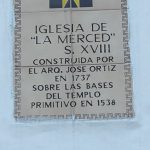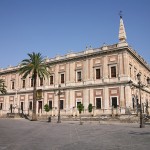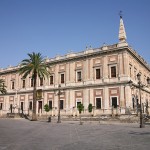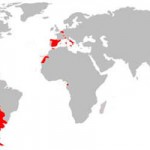
Ecuadorian thoughts on religion, power and the subaltern classes
The Iglesia de la Merced, in Quito, was built in 1737 on the remains of the original church that dated from 1538 – four years after the foundation of the city. The church is situated in the city centre, at less than one kilometre distance from all other main sites of the colonial period: the […]

On multi-sited research and mono-sited (nationalist) memory
Addressing convict transportation –the key feature in the Carceral Archipelago project – implies multi-sited research, that is, research in archives located in different places (and countries/continents). Indeed, as convicts were transported from site to site within and beyond the borders of empires and nation-states, they left traces in official records presently held in repositories across […]

Where Empires Meet
In a previous blog, I wrote on the theme of the politics of comparison, of the connected history of circulation and mobility that underpins the CArchipelago project team’s approach to the historiography, theory and archive of penal colonies. Research associate Christian De Vito has since expanded the discussion, discussing the basis of various approaches […]

Spanish Pacific – the exhibition and the catalogue
During my research trip to Seville in January 2014, and then again in March, I had the opportunity to visit the exhibition Pacífico: España y la aventura de la Mar del Sur (Pacific : Spain and the adventure of the South Sea). It was hosted in the magnificent building situated between the Cathedral and the Real […]

What if the Philippines and Guinea belong to America?
In the context of the Carceral Archipelago project, my research addresses the circulation of convicts to and within colonial and post-colonial Latin America, in connection to other (“free” and “unfree”) labour flows and other types of punishment. The focus lies on convict transportation to colonial military fortifications (presidios) and post-colonial penal colonies, and the chronology […]

Recent Comments